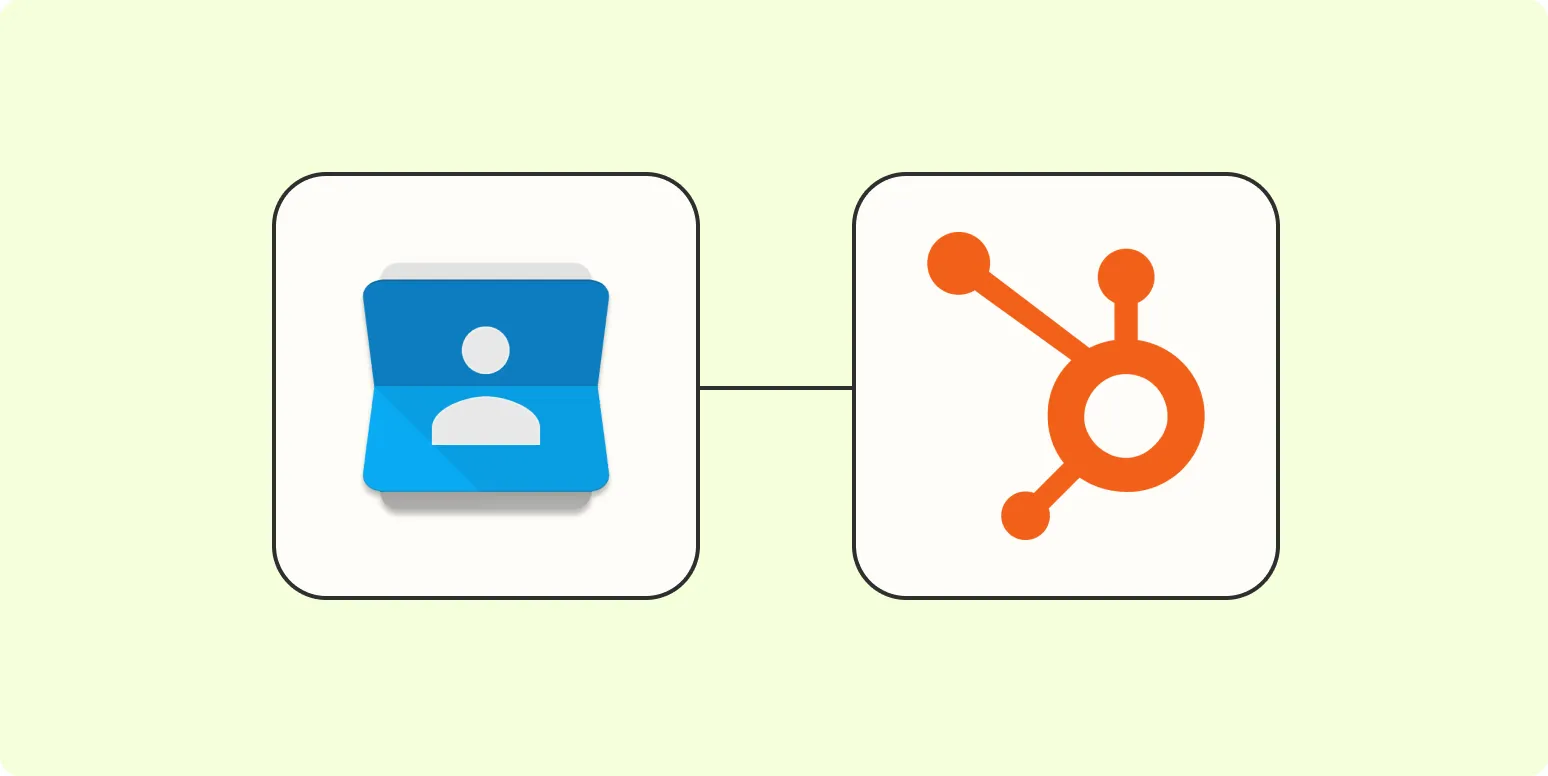Connecting HubSpot and Google Contacts is an essential step for businesses aiming to maintain an organized and up-to-date lead database. By integrating these two powerful platforms, you can ensure that your lead data is synchronized, making it easier to manage and nurture your contacts. In this guide, we will walk you through the process of connecting HubSpot and Google Contacts, highlighting the benefits and best practices along the way.
Benefits of Connecting HubSpot and Google Contacts
Integrating HubSpot with Google Contacts offers several advantages:
- Streamlined Communication: Automatically sync contacts between both platforms, ensuring you always have the most current information at your fingertips.
- Enhanced Lead Management: Centralize your lead data, making it easier to track interactions and engagement across platforms.
- Improved Marketing Efforts: Utilize the updated contact data to segment your audience effectively, leading to more targeted and successful marketing campaigns.
- Time Savings: Reduce manual data entry and the risk of errors by automating the synchronization process.
How to Connect HubSpot and Google Contacts
Follow these steps to successfully connect HubSpot and Google Contacts:
Step 1: Log in to Your HubSpot Account
Begin by logging into your HubSpot account. If you do not have an account, create one by visiting the HubSpot website.
Step 2: Navigate to Integrations
Once logged in, click on your profile picture in the top right corner, then select Integrations from the dropdown menu. This will take you to the integrations dashboard.
Step 3: Find Google Contacts
In the integrations dashboard, search for Google Contacts. Click on the Google Contacts integration to begin the setup process.
Step 4: Authorize Access
After selecting Google Contacts, you will be prompted to authorize HubSpot to access your Google account. Follow the on-screen instructions to grant the necessary permissions. This step is crucial for ensuring that HubSpot can sync your contacts seamlessly.
Step 5: Configure Sync Settings
Once authorization is complete, you will be taken to a page where you can configure your sync settings. Here, you can choose:
| Option | Description |
|---|---|
| Sync Direction | Select whether you want to sync contacts from HubSpot to Google Contacts, Google Contacts to HubSpot, or bidirectionally. |
| Sync Frequency | Determine how often you want the sync process to occur (e.g., real-time, hourly, daily). |
| Contact Filters | Set up filters to specify which contacts should be synced based on criteria such as tags or lifecycle stages. |
Step 6: Save Your Settings
After configuring your sync settings, click on the Save button to apply your changes. HubSpot will now begin syncing your contacts based on the settings you specified.
Step 7: Monitor the Sync Process
It’s essential to monitor the synchronization process to ensure everything is functioning correctly. HubSpot provides notifications and logs that allow you to track the status of your sync. If any issues arise, you can troubleshoot them directly from the integrations dashboard.
Best Practices for Managing Your Lead Data
To maximize the effectiveness of your HubSpot and Google Contacts integration, consider the following best practices:
- Regular Updates: Periodically review and update your sync settings to accommodate changes in your business processes or lead management strategies.
- Data Quality: Ensure that the data being synced is accurate and up-to-date. Regularly clean your contact lists to remove duplicates or outdated information.
- Utilize Tags: Use tags in HubSpot to categorize your contacts effectively. This will help in segmenting your audience for targeted campaigns.
- Leverage Automation: Take advantage of HubSpot’s automation features to send personalized follow-ups and nurture your leads based on their interactions.
Conclusion
Connecting HubSpot and Google Contacts is a strategic move for businesses looking to enhance their lead management capabilities. By following the steps outlined in this guide, you can ensure that your contact data is always current and accessible. A well-integrated system will not only improve communication but also lead to more effective marketing and sales efforts. Embrace the power of integration and watch your business thrive with the right lead data at your fingertips.





